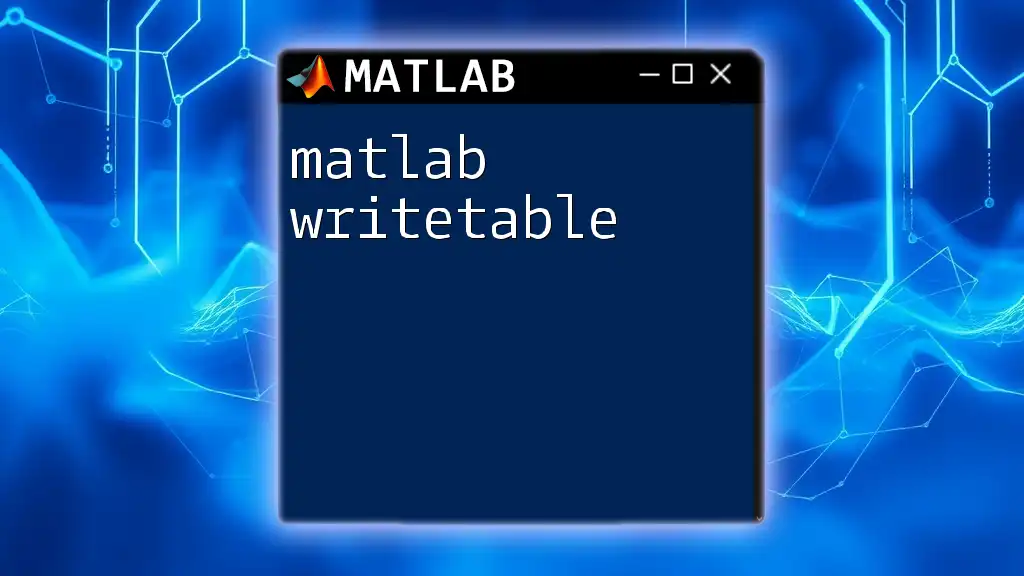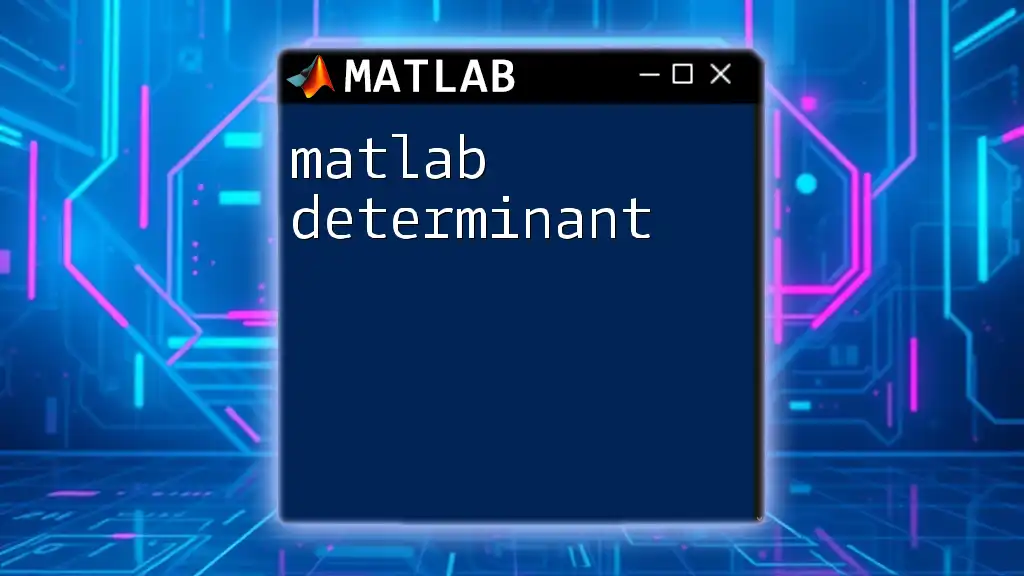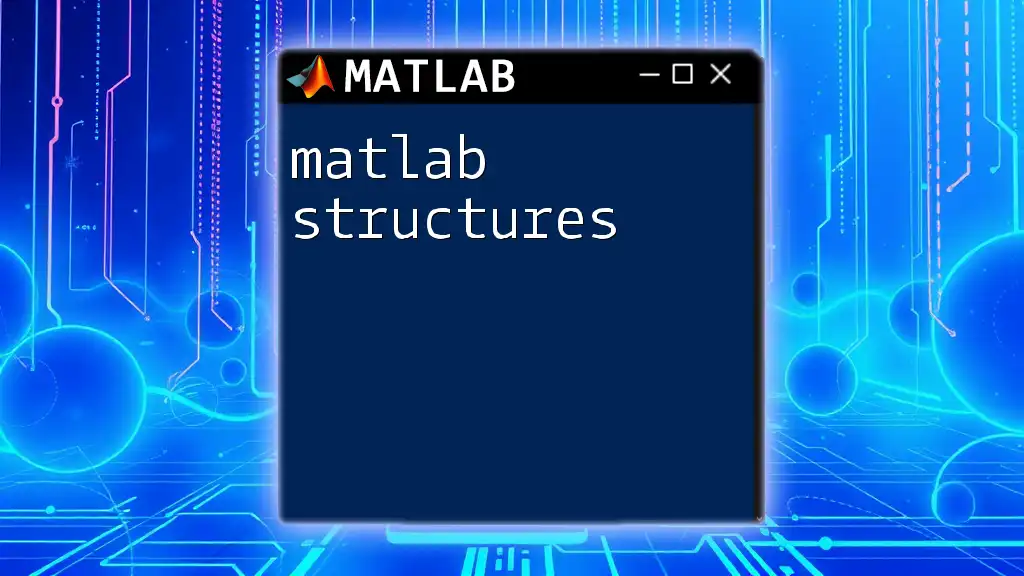The MATLAB power spectrum is a representation of the power content of a signal as a function of frequency, commonly obtained using the Fast Fourier Transform (FFT) to analyze the frequency components of the signal.
Here's a simple code snippet to calculate and plot the power spectrum of a signal in MATLAB:
% Create a sample signal
Fs = 1000; % Sampling frequency
t = 0:1/Fs:1-1/Fs; % Time vector
signal = sin(2*pi*100*t) + 0.5*randn(size(t)); % Signal with noise
% Compute the power spectrum using FFT
n = length(signal); % Length of the signal
f = (0:n-1)*(Fs/n); % Frequency axis
Y = fft(signal); % Compute the FFT
Pyy = (1/n)*abs(Y).^2; % Power spectrum
% Plot the power spectrum
figure;
plot(f, Pyy);
title('Power Spectrum');
xlabel('Frequency (Hz)');
ylabel('Power');
xlim([0 Fs/2]); % Show only the positive frequencies
This code generates a noisy sine wave signal, calculates its power spectrum using the FFT, and then plots the result.
What is Power Spectrum?
The power spectrum is a representation of the distribution of power into frequency components composing that signal. It is crucial in various fields, such as engineering, physics, and medical imaging, as it reveals essential insights about the characteristics of signals, allowing engineers and scientists to assess system performance, detect anomalies, and extract useful information.

Why Use MATLAB for Power Spectrum Analysis?
MATLAB offers powerful functions and a flexible environment specifically designed for digital signal processing. The versatility and ease of use associated with MATLAB make it an excellent choice for performing power spectrum analysis. With its extensive toolbox, users can quickly implement algorithms, analyze data, and visualize results with clear graphics.

Understanding Frequency Domain Analysis
Time Domain vs Frequency Domain
Understanding the distinction between the time domain and the frequency domain is fundamental for applying power spectrum analysis.
-
Time Domain: Represents signals as they vary over time, allowing observation of changes in amplitude.
-
Frequency Domain: Represents the signal in terms of its constituent frequencies. This transformation is essential for understanding the periodic nature of a signal.
Fourier Transform Overview
The Fourier Transform is a mathematical technique that transforms a function of time into a function of frequency. It is valuable because many systems can be analyzed better in the frequency domain. The Fourier Transform breaks down a time-domain signal into its frequency components, making it easier to understand the content and behavior of the signal’s energy over different frequencies.

Getting Started with Power Spectrum in MATLAB
Setting Up Your Environment
Before diving into power spectrum analysis, ensure you have MATLAB installed along with the necessary toolboxes for signal processing. This will provide access to essential functions and assist in proficiently utilizing MATLAB for your power spectrum needs.
Basic Commands and Syntax
For effective power spectrum analysis, familiarize yourself with the essential MATLAB functions, such as `pwelch`, `fft`, and `pburg`, among others.
A typical structure for calculating a power spectrum could look like the following:
fs = 1000; % Specify sampling frequency
t = 0:1/fs:1-1/fs; % Create a time vector
x = cos(2*pi*100*t) + randn(size(t)); % Generate a signal with noise

Power Spectrum Calculation Methods
Using the Periodogram
The Periodogram is one of the most straightforward methods for estimating the power spectrum. It analyzes a signal's energy distribution over a frequency range.
Advantages: Easy implementation and straightforward results.
Disadvantages: Limited resolution for short signals, potential bias issues.
Here’s how to calculate the power spectrum using the Periodogram:
[pxx, f] = pwelch(x,[],[],[],fs);
plot(f,10*log10(pxx))
title('Power Spectrum using Welch Method')
xlabel('Frequency (Hz)')
ylabel('Power/Frequency (dB/Hz)')
Welch's Method
Welch’s Method improves upon the basic Periodogram approach by averaging multiple overlapped segments of the signal, reducing variance and enhancing the reliability of the estimates.
It provides a more accurate estimation of the power spectrum:
[pxx, f] = pwelch(x, hamming(256), 128, 512, fs);
plot(f,10*log10(pxx))
title('Power Spectrum using Welch Method')
xlabel('Frequency (Hz)')
ylabel('Power/Frequency (dB/Hz)')
FFT-based Approach
The Fast Fourier Transform (FFT) method is a computationally efficient algorithm to compute the frequency components of a time-domain signal. It can provide high-resolution spectra from longer input signals.
To visualize the power spectrum using the FFT approach, you can use this code:
L = length(x); % Length of the signal
Y = fft(x); % FFT calculation
P2 = abs(Y/L); % Two-sided spectrum
P1 = P2(1:L/2+1); % Single-sided spectrum
P1(2:end-1) = 2*P1(2:end-1); % Adjust for single-sided spectrum
f = fs*(0:(L/2))/L; % Frequency vector
plot(f,P1)
title('Single-Sided Amplitude Spectrum of x(t)')
xlabel('Frequency (Hz)')
ylabel('|P1(f)|')
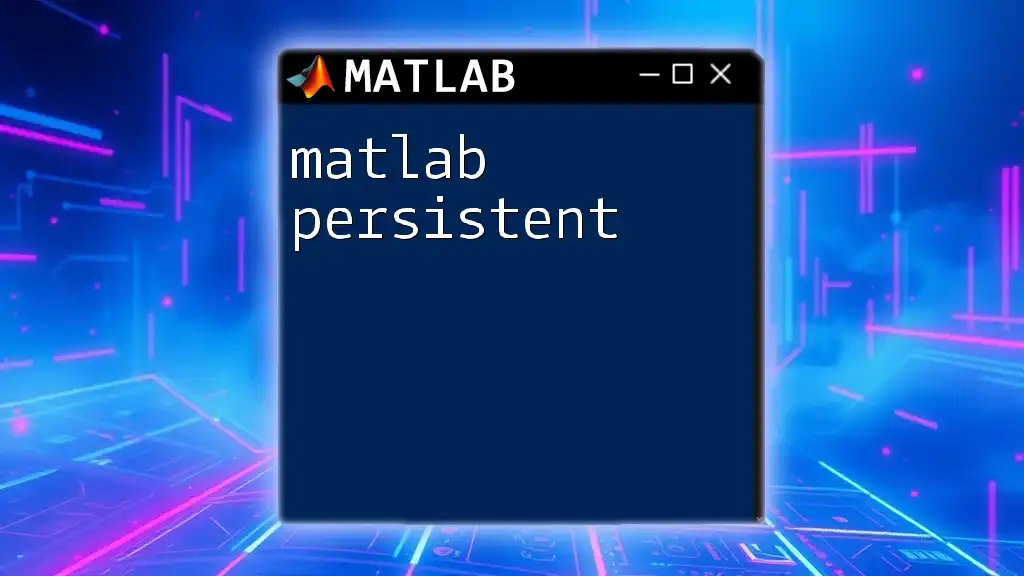
Visualization of Power Spectrum
Importance of Data Visualization in Signal Analysis
Effective data visualization plays a crucial role in interpreting and presenting analysis results. The ability to see the power spectrum graphically allows engineers and scientists to identify important phenomena easily, such as resonances, periodicities, and noise levels.
MATLAB Plotting Functions
MATLAB comes equipped with a suite of powerful plotting tools. Familiarize yourself with functions such as `plot`, `subplot`, and `semilogx` for better graphics representation.
Examples of Power Spectrum Plots
Creating clear and informative plots is essential for presenting power spectrum analysis progress. A good example is customizing a plot to show the amplitude spectrum, as shown below:
figure;
plot(f,P1);
grid on; % Add grid for better readability
xlabel('Frequency (Hz)');
ylabel('Amplitude');
title('Power Spectrum');

Advanced Topics in Power Spectrum Analysis
Multi-Taper Method
The Multi-Taper Method provides a way to estimate the power spectrum while reducing the bias and variance commonly associated with traditional methods. It involves using multiple orthogonal windows (tapers) to transform the signal and averaging the results for better statistical reliability.
This method is more complex but helps achieve a higher resolution in power spectrum estimation.
Estimating Power Spectrum from Real-Time Data
Real-time data acquisition is often essential in engineering applications. MATLAB can handle real-time signals using its Data Acquisition Toolbox, enabling the processing and computing of power spectra on-the-fly.
This generally requires specialized configurations; hence it’s recommended to explore MATLAB's examples in data acquisition.
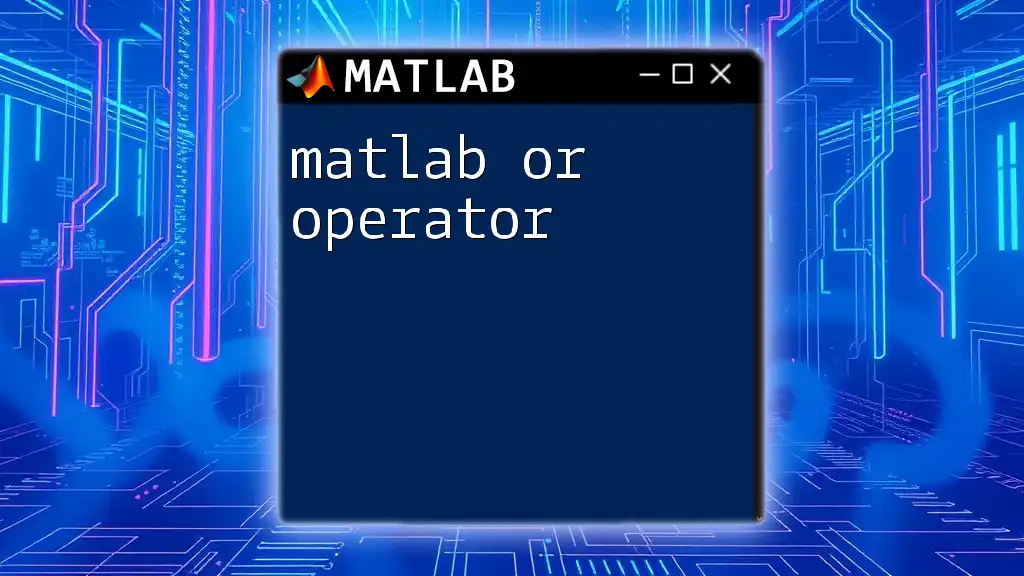
Common Challenges and Troubleshooting
Interpreting Results
Dealing with complex data can lead to misunderstandings. Always take care to understand the context behind the power spectrum visuals and what they are intended to convey. Misinterpretation can lead to errors in both theoretical and practical applications.
Noise and Artifacts
Signals often contain noise, making it difficult to discern true frequency components. Techniques such as windowing or using more advanced methods like the Multi-Taper are effective in addressing such challenges.
Tips for Optimizing Performance
To improve performance during power spectrum calculations in MATLAB, consider optimizing window length, using window functions to lessen edge effects, and managing memory usage effectively for larger data sets.

Conclusion
The MATLAB power spectrum offers powerful tools for analyzing signals across various applications. Mastering the techniques for calculating and visualizing the power spectrum equips you with the skills to derive meaningful insights from data, allowing for better decision-making, analysis, and design. As you develop your understanding of these processes, don’t hesitate to dive deeper into advanced methods and explore MATLAB's extensive possibilities for signal processing.

References and Recommended Resources
To further enhance your knowledge in MATLAB and signal processing, consider exploring specialized books, online tutorials, and dedicated courses. The more resources you access, the more proficient you will become in harnessing the full potential of MATLAB for power spectrum analysis.









